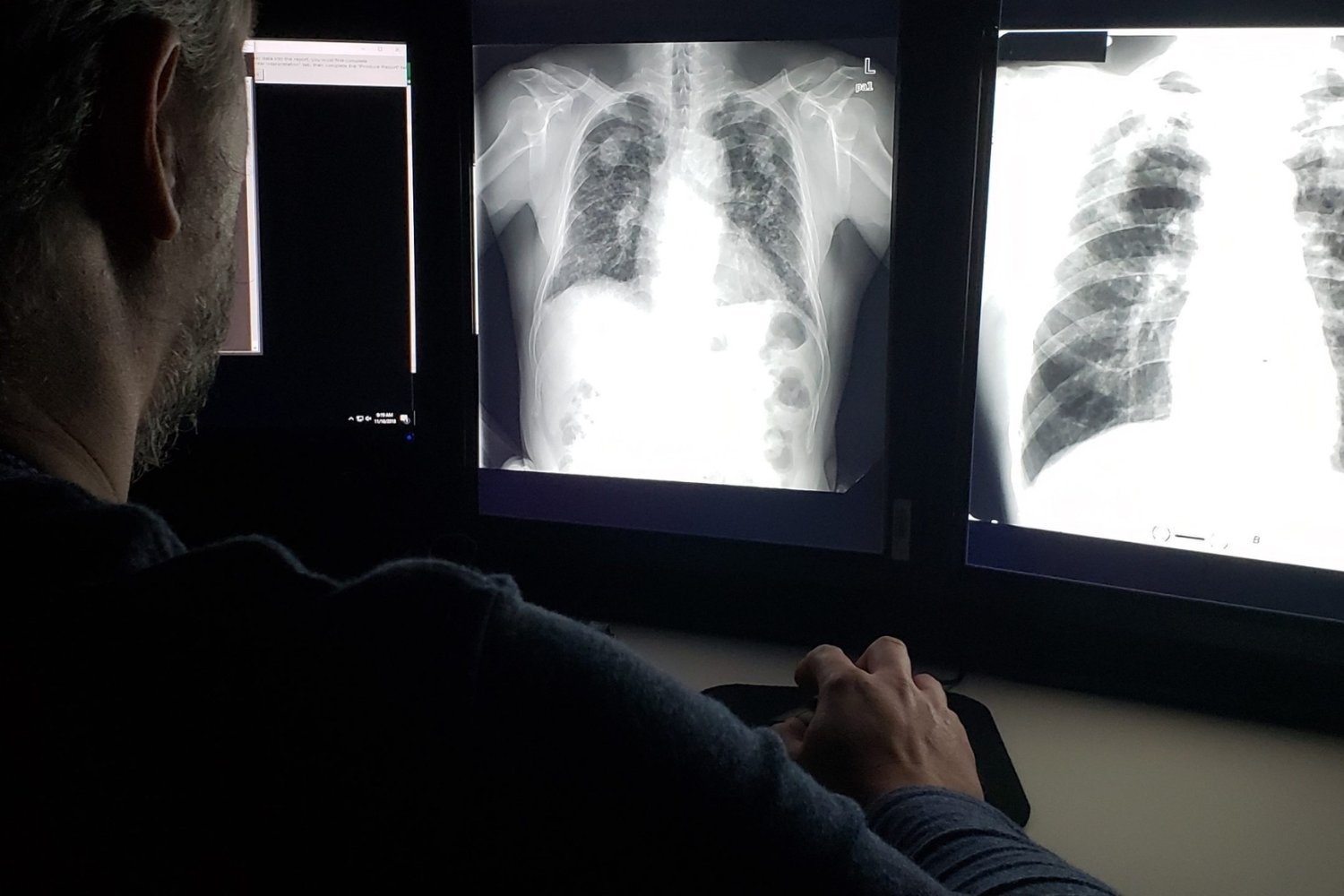Living near a golf course might carry a hidden health risk. A recent study published in JAMA Network Open suggests a correlation between residing close to golf courses and an elevated risk of developing Parkinson’s disease. This research, conducted by scientists at the Mayo Clinic and other institutions, raises concerns about the potential impact of pesticide exposure on neurological health.
Parkinson’s disease is a progressive neurodegenerative disorder affecting motor function and, in later stages, often cognitive abilities. Nearly a million Americans live with Parkinson’s, with close to 100,000 new diagnoses yearly. While the exact cause remains elusive, a complex interplay of genetic and environmental factors, including exposure to toxins like pesticides, is suspected. Previous research has hinted at a link between pesticide exposure and Parkinson’s risk, but the specific risk associated with living near golf courses has been less explored.
This study utilized data from the Rochester Epidemiology Project, a long-term health study of residents in Minnesota and Wisconsin. Researchers analyzed data from individuals diagnosed with Parkinson’s between 1991 and 2015, comparing them to a control group matched for age and sex. They examined the proximity of these individuals to 139 golf courses within the study area, considering both residential distance and shared water services.
The findings revealed a concerning trend: closer proximity to a golf course correlated with a higher likelihood of Parkinson’s diagnosis. Specifically, living within one mile (1.6 kilometers) of a golf course was associated with a 126% increased risk compared to those living six or more miles (9 km) away. Sharing water services with a golf course also nearly doubled the risk.
Michael S. Okun, national medical advisor for the Parkinson’s Foundation and director of the Fixel Institute for Neurological Diseases at the University of Florida, commented on the study’s significance. While acknowledging that the research doesn’t definitively establish causation, he emphasized the known neurotoxicity of certain pesticides commonly used on golf courses, such as paraquat, maneb, and chlorpyrifos. The “intensive chemical maintenance” required for golf courses raises the possibility of these chemicals contaminating water supplies or reaching nearby residents through other pathways, potentially contributing to increased Parkinson’s risk.
Svjetlana Miocinovic, an associate professor of neurology at Emory University School of Medicine, echoed these sentiments, noting the need for further research to confirm these findings in larger and more diverse populations. However, she emphasized the study’s importance in highlighting the role of environmental factors in Parkinson’s disease.
While further investigation is necessary to fully understand the specific risks associated with golf courses and pesticide use, experts like Okun advocate for proactive measures to minimize exposure to these chemicals. He emphasizes the importance of shifting the perspective on Parkinson’s from an inevitable consequence of aging to a potentially preventable condition, calling for greater investment in preventative strategies.
In conclusion, this study suggests a link between living near golf courses and an increased risk of Parkinson’s disease, likely due to pesticide exposure. While not conclusive, these findings underscore the importance of further research and the need for proactive measures to limit exposure to potentially harmful chemicals. This research serves as a reminder that environmental factors play a significant role in neurological health.











